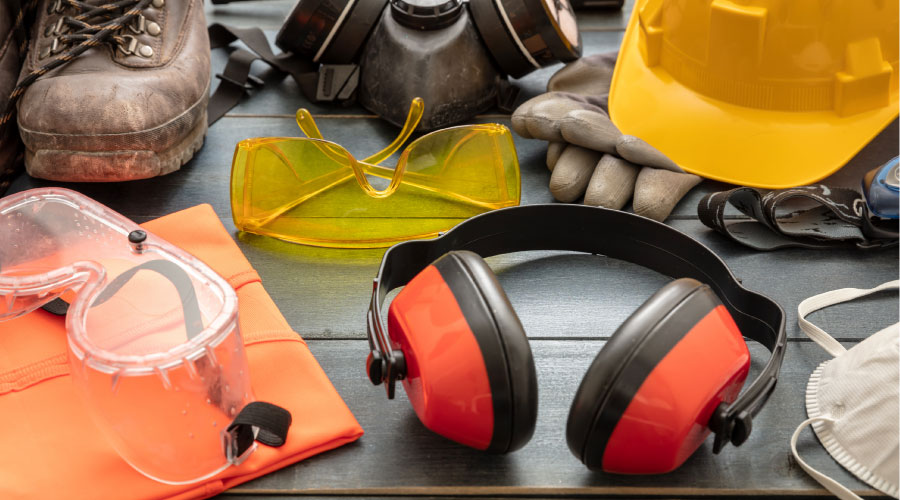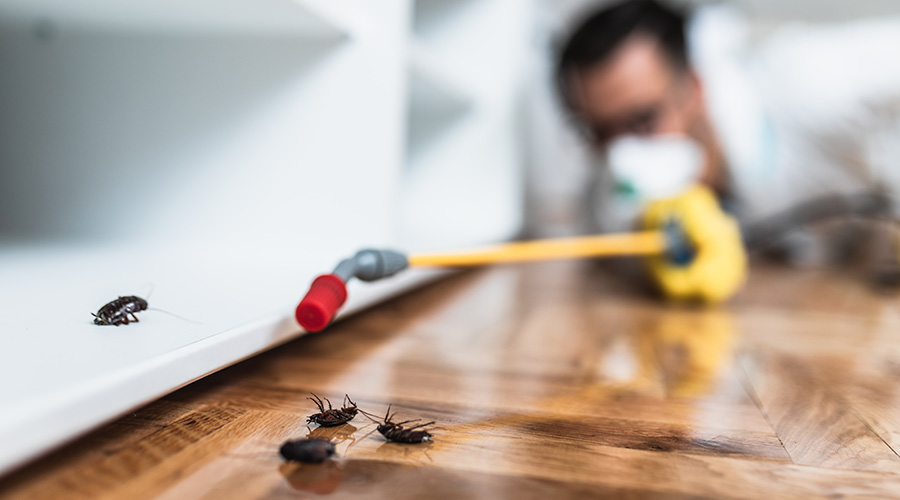Stimulus Funds Can Address Deferred Maintenance
Deferred maintenance has bedeviled managers for longer than most care to recall. But despite their departments’ best efforts, aging roofs continue to leak, outdated HVAC systems keep on wasting energy, and the general condition of many schools continues to deteriorate.
The nation’s public schools need $322 billion to bring buildings up to modern standards, according to a 2006 state-by-state estimate by the National Education Association of the potential cost of school modernization. That number has grown since 2006, Bode says.
For many managers, appreciation for the promise of federal funds is tempered by years of frustration.
“It’s about time,” says Gamble, who is director of maintenance and operations for the Los Angeles Unified School District (LAUSD). “Those of us who deal with this issue on a day-to-day basis know that it detracts from the learning environment.”
His response came after news in late 2008 that the federal government proposed spending money on deferred school maintenance as part of its economic stimulus package. Early discussions surprised many who had followed the issue. Initial negotiations over the stimulus bill involved $40 billion in federal funds that would have gone directly to districts with “shovel ready” school modernization projects.
Some legislators balked at the idea of the federal government getting directly involved in local school construction and maintenance. So ARRA, with $787.8 billion in stimulus funds, allocated $53.6 billion for education to a state fiscal stabilization fund. The states receive $39.5 billion for the support of elementary, secondary, and post-secondary education.
State officials can use funds from the stabilization fund as they see fit, meaning they can direct school districts to use the funds on school modernization and repair, but they also can choose to spend it on other state needs.
School districts can use funds they receive to modernize, renovate, and repair public school facilities, which can include projects consistent with a recognized green-building rating system. The states also received $8.8 billion for public safety and other government services, which might include assistance modernization, renovation or repair of both K-12 and higher-education facilities.
“Most states are finding other uses for the stabilization funds,” says Judy Marks, associate director of the National Clearinghouse for Educational Facilities. On the positive side, Marks points to states such as Arkansas, Utah, and Missouri that either have healthy budgets that do not require more financial help or such dire circumstances in schools that additional funding is critical for districts to continue operating effectively.
Whatever funds might come their districts’ way, managers know it probably will not be enough to address all of their schools’ deferred maintenance needs.
“The stimulus funds provisions will be helpful, but they are a relatively small slice of what needs to happen” from the federal government and other sources, Bode says.
The Challenge Continues
Officials in each state now are weighing a series of financial needs — school modernization among them — in deciding how to use ARRA funds.
In California, school districts are trying to determine the impact the state’s budget crisis will have on the decision. California officials might opt to use the funds to address a budget shortfall, even though many districts have projects lined up waiting for funding.
Gamble says that as part of the district’s efforts to improve the sustainability of its schools, LAUSD has about $200 million in photovoltaic-installation projects set to go this year — if the district can find the funds.
The projects come with two years of maintenance by the installer, Gamble says, “but we’re training up technicians for installation and maintenance of the systems.”
The ARRA funds would not necessarily allow the department to create jobs, but they could preserve existing positions, says Mark Hovatter, LAUSD’s director of bond planning, adding the district faces a possible layoff if ARRA funds go for capital projects instead of maintenance and repair work.
The district’s deferred maintenance backlog stands at about $6 billion, Gamble says, and the situation is getting worse.
“We’ve shifted from poor (condition) to critical,” he says.
Since the late 1990s, district voters have approved billions of dollars in bonds for LAUSD school projects. While early bonds were heavy on funds for new construction, later bonds have targeted maintenance and repair, Gamble says.
“The bonds have just slowed down the rate of decay,” he says. “We have 30 years of neglect to deal with.”
Upgrade projects focus on building envelopes, including roofs, as well as repiping and paving. Some of the renovation projects have addressed the need to upgrade HVAC systems, as well.
In the early 1980s, few if any of the district’s schools were air conditioned, and the district set a goal to change that by providing air conditioning to all classrooms.
“All of those wall window units in classrooms are cycling out now and need replacement,” Gamble says.
Related Topics:















